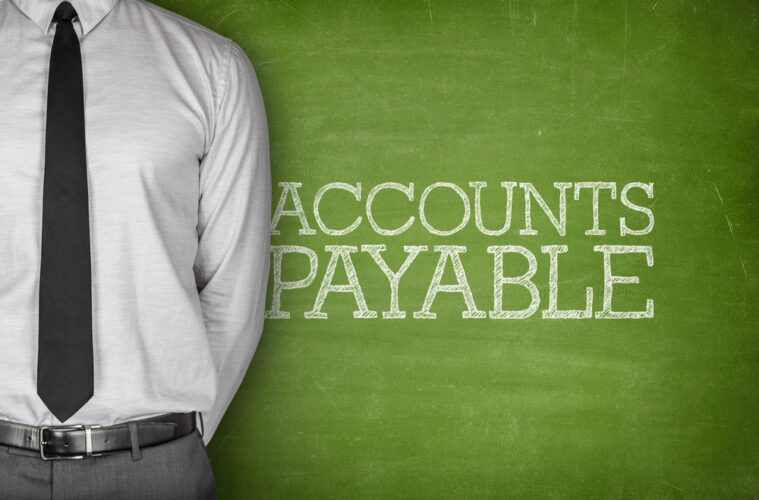For any bookkeeper or office manager, two accounts that you must be comfortable with are the concepts of accounts payable and accounts receivable. Businesses operate slightly differently than personal accounts because they look at a broader picture over an extended period.
To determine cash flow, one must know how much money is coming in and how much money is going out. To understand where the business stands, especially tax time, accounts need to reflect payables and receivables.
The Basics
Account receivables (AR) are accounts owed to the company. For example, if you own a car repair shop and work on someone’s vehicle, they owe you money. This expected money is an account receivable because you will receive the money.
Alternatively, accounts payables (AP) are accounts owned by the company. An example of this would be an electric bill or a bill to a supplier for materials. Some payables must be paid on the spot, while others operate on a credit line for future payment.
Customers vs. Vendors
Accounts receivables are communications between the company and its customers. It can be between the company and individuals if it is a small business or between two companies if it is a more significant business. Most large companies will have accounts receivables and an accounts payable office. Smaller firms will usually have an office manager that handles these accounts. For customers who do not pay their charges, vendors will submit the bill to a third-party collection. Companies will set up their payment agreements, usually referred to as a Net 0, a Net 20, or Net 60. If it extends beyond this point, it can accrue a finance charge.
Payables are between a company and its vendors or suppliers. An example of a vendor can be as simple as a store, a utility company, or complex as a wholesale steel producer. These are the bills that keep operations moving, either for materials or utilities. Payables also can include wages to employees and taxes.
Cash Flow
Receivables are future funds coming in. Companies want to have enough cash flow to keep their businesses running while waiting for customers to pay. However, good accounts receivables will show that there is money coming in, in the future.
Payables are funds that need to go out. Typically, a company does not want a lot of payables on its record. It shows that cash flow is limited. It is best to take care of a payable as quickly as possible. Payables also include long-term payments, such as loans.
Bills vs. Invoices
An accounts receivable office is responsible for sending out invoices to their customers. The invoices will give them a reference number, a detailed list of what payment is due for, the total amount of charges for that purchase, and when that payment is expected by. Accounts receivable offices can also send out a statement, a cumulative list of invoices that the customer needs to pay.
Vendors or suppliers send bills to the accounts payable office. Those who seek payment will contact accounts payable to find out when the customer can render payment. Payables will cut a check or pay with a credit card and enter it in their bookkeeping as a bill entry. Tracking expenses is essential for companies because many bills are business expenses that can reduce their taxes.
Asset vs. Liability
Receivables are an asset. They show how much money the company is worth. Assets put money into the company and help companies to secure loans and mortgages. Receivables are money that is coming into the company and classified as positive equity.
Payables are a liability. That means that that is money that is going out of the company. If payables are higher than receivables, the company will go into debt.
A company’s balance sheet and profit and loss report reflect payables and receivables. One means that money is coming in, the other means that money is going out.

